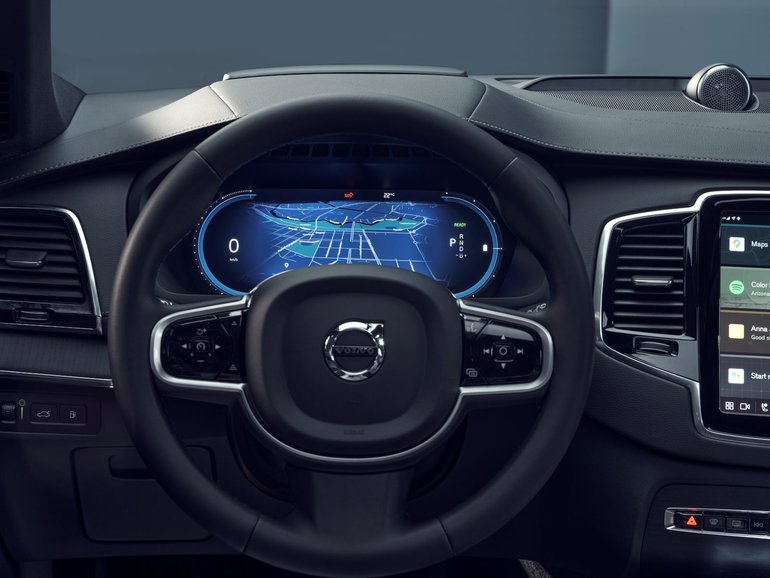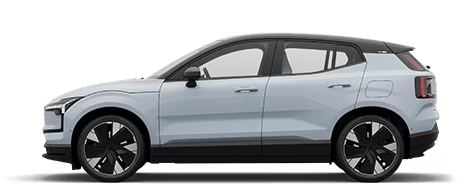A look at Volvo Safety Features in 2024
January 31 2024,

Volvo has built its brand reputation on safety by creating cars that were much safer than their competitors all the way back in the 50s and 60s, a time where automotive safety was far behind design and performance on most buyer’s minds. Now, times have changed and almost every manufacturer likes to boast about the safety of their latest models. In this new age, Volvo vehicles still stand out as some of the safest in their respective categories thanks to advanced engineering and impressive technologies.
Here are some of these technologies and the ways to keep every passenger safe:
Advanced Forward collision warning
The advanced forward collision warning system installed in 2024 Volvo models is once of the most capable on the market since it can detect risks of collisions with other vehicles and objects, but also pedestrians, cyclists, and even large animals. As soon as such a situation occurs, visual and auditory warnings are issued and the car can take braking action on its own if the driver doesn’t react quickly enough.
Lane-keeping assist
All 2024 Volvo vehicles are equipped with lane-keeping assist in order to prevent them from going off the road or into oncoming traffic if the driver is inattentive. By looking at lane markings, Volvo vehicles can provide steering adjustments in order to maintain their current trajectory, even when taking curves.
Oncoming lane mitigation
This system works in conjunction with the lane-keeping assist technology in order to prevent collisions with vehicles driving in the opposite direction. By combining this system with the forward-facing radar and camera, Volvo vehicles are able to take swift action to avoid such a collision by steering themselves back into their own lane and away from the oncoming threat.
Adaptive cruise control
Available in all Volvo models, adaptive cruise control is a technology that makes driving on the highway safer and more convenient by automatically maintaining a safe following distance from the car in front by acting on the accelerator and the brakes at any speed. This system also works in stop and go traffic, which means it can help prevent low speed collisions caused by an inattentive driver or sudden braking from the car in front.
Blind-spot monitoring
Blind spot monitoring uses sensors that look backward and to the sides with the goal to inform the driver of the presence of another vehicle in the mirror’s blind-spots. By lighting an indicator light on the corresponding side mirror and emitting an audible tone when the turn signal is used, this system helps prevent drivers from changing lanes when there isn’t sufficient space for the manoeuvre to be safe.
Rear cross-traffic alert
In addition to the blind-spot monitoring system, Volvo vehicles are equipped with the rear cross-traffic alert feature that looks out when reversing in order to detect vehicles or pedestrians coming from the sides which might be difficult to see for the driver.
Road sign information
This technology uses a forward-looking camera to detect road signs and interpret their meaning. In some cases, such as speed limits, these signs are then displayed directly in the instrument cluster or the available head up display for the driver to see at anytime.
Slippery road information
Volvo vehicles are capable of detecting slippery road conditions by monitoring the behavior of each wheel several times per second. Once the car sees conditions of low traction, it alerts the driver, but it can also send this information to other vehicles via the cloud in order to help make everyone on the road safer.
Whiplash protection system
The Whiplash Protection system (WHIPS) has been used by Volvo for well over twenty years as it is a very effective way of preventing neck injuries in the case of a rear-end collision. This technology uses specially designed fixed headrests and a collapsible hinge in the front seatbacks that allow the seats to move rearward in a controlled manner when the occupant’s body is pushed back by the force of a collision.
Contact us to learn more about Volvo safety features!
































